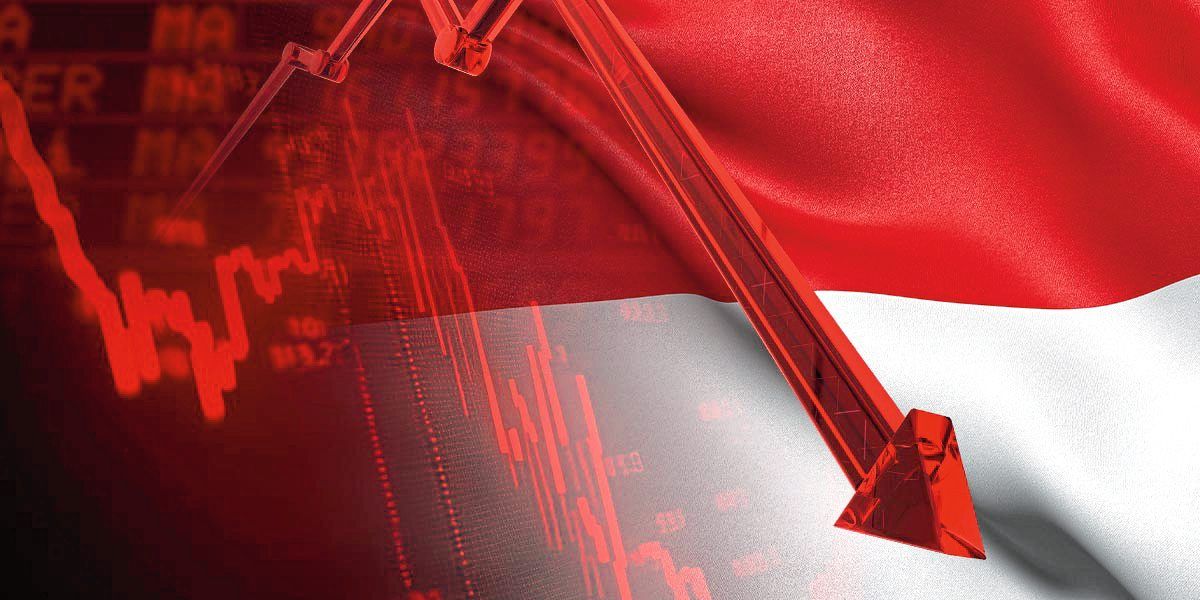
Abang Johari said the facility on a five-ha site was the first in Malaysia to demonstrate the viable use of flue gas to enhance the production of algae on an industrial scale. — Bernama
KUCHING: Sarawak has launched its first microalgae carbon capture facility at Sejingkat power plant here to use flue gas in the production of algae.
Sarawak Premier Tan Sri Abang Johari Tun Openg said the facility on a five-ha site was the first in Malaysia to demonstrate the viable use of flue gas to enhance the production of algae on an industrial scale.
He said behind the launch of the facility was a remarkable technology that was developed in Sarawak through the collaboration of Sarawak Energy Bhd, the Sarawak Biodiversity Centre and their Japanese partners Eneos Corp (Asia’s leading integrated energy company) and biotechnology firm, Chitose Group.
The technology can capture the flue gas from power plants and bring the carbon dioxide from the flue gas to optimise the cultivation of algae in special flat panels called bioreactors.
“I believe that this site is one of the largest algae production facilities in the world, if not, the largest of its kind in the world.
“The recycling of carbon waste from power generation that would otherwise be released into the environment into useful products is an innovation of a circular economy, where all forms of wastes are returned to the economy to be used more efficiently.
“I am confident that this new technology will set the stage for a new industry to be integrated as one of our economic drivers to generate the future economy of Sarawak,” added Abang Johari at the launch yesterday.
He said the facility was an extension of the Sejingkat power plant owned by Sarawak Energy, and the technology that has been developed potentially lays the foundation for a new green initiative that will create new job opportunities and grow the state economy as the world trends towards sustainability and reducing the impact of climate change.
“The algae biomass can be translated into high-quality products such as food and feed, paints, cosmetics, pharmaceutical ingredients and most importantly, sustainable aviation fuel (SAF), that is expected to surpass a huge market value of US$250bil (RM1.1 trillion) by 2030.
“Based on the preliminary estimates of the pilot facility at the Sarawak Biodiversity Centre, an investment into a 2,000-ha commercial plant can produce up to 140,000 tonnes of algae biomass annually.
“Depending on the technology used, some research showed that algae biomass of 350 tonnes per year can be generated from a five-ha site that can be processed into 87 tonnes of lipid capable of producing about 45 tonnes of SAF.
“At the same time, this amount of biomass can also produce 192 tonnes of protein and 52 tonnes of carbobydrates,” he said.
Abang Johari said some mircoalgae were also reported to have anti-cancer properties that are important in the treatment of cancerous cells in tumours.
“The sales from the components of this algae biomass, which are lipids, proteins and carbohydrates, could potentially generate an economic value of RM2bil to RM3bil per year.
“Using the average value of US$6.5 (RM28.93) per tonne of carbon credit, this could potentially generate US$1.3mil (RM5.8mil) per year in revenue for a facility of this size.”As a start, Abang Johari said the five-ha site would serve as a good example of managing carbon in a circular economy while Sarawak gathers data to enhance the technology and scale it up to 100 ha and expand it to 2,000 ha in the future if it was commercial viable.
He said with a 2,000-ha facility, it could decarbonise some 200,000 tonnes of carbon annually and create up to 5,000 new jobs.
According to the Premier, Sarawak was fortunate to have 600 strains of various algae species that were kept in the depository for research at the Sarawak Biodiversity Centre.









































